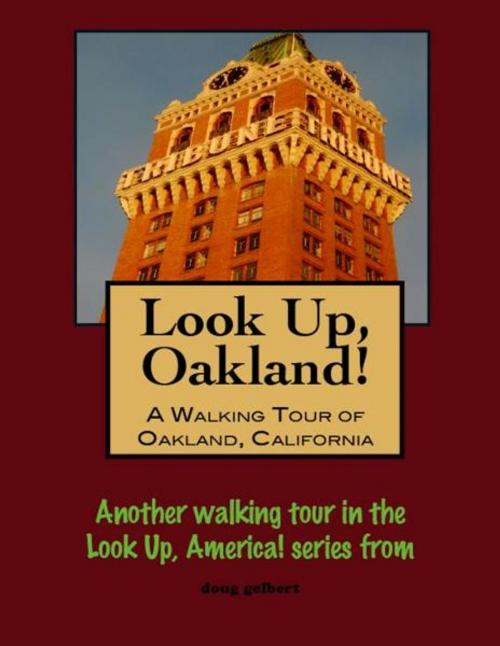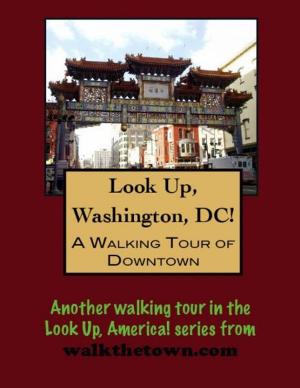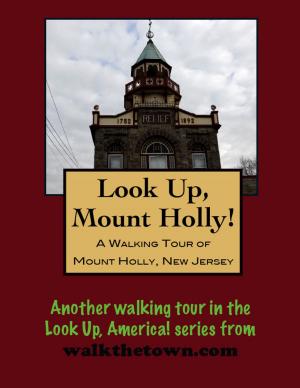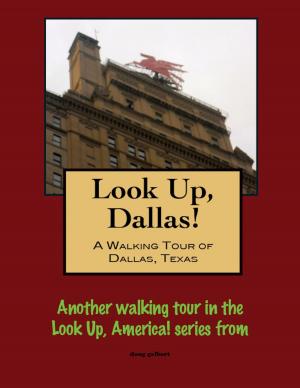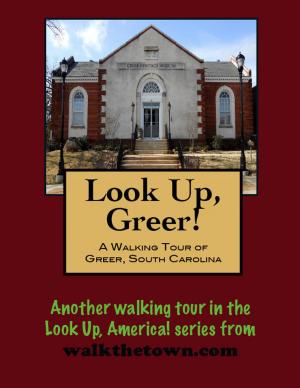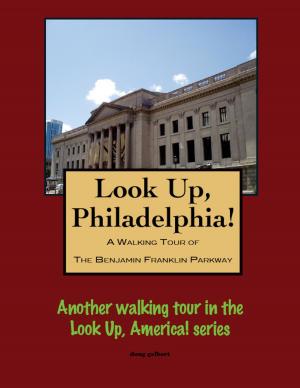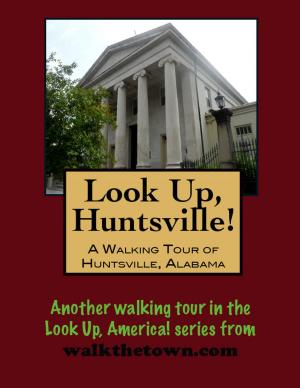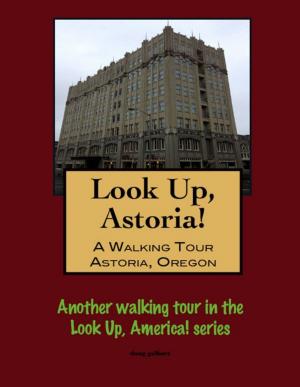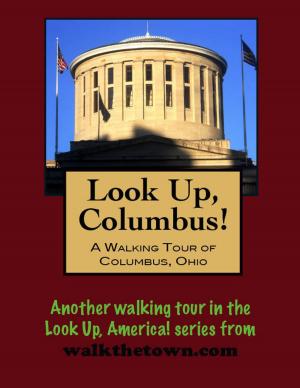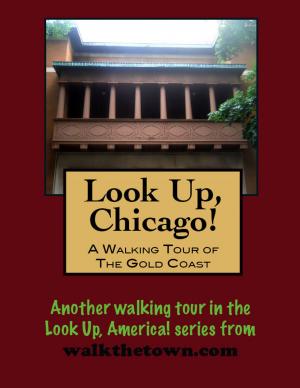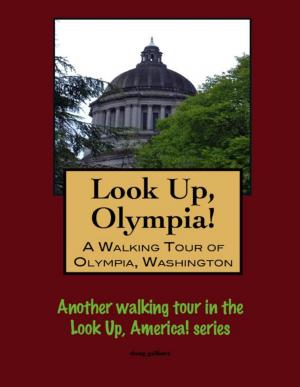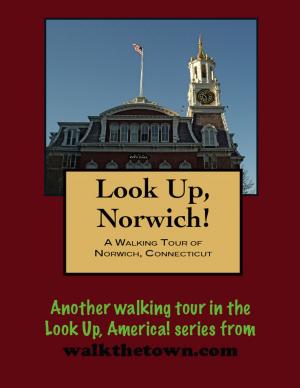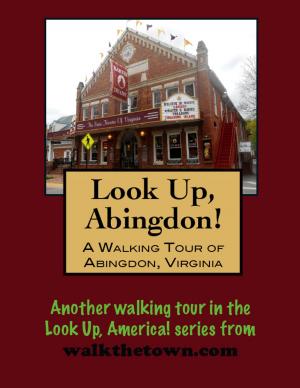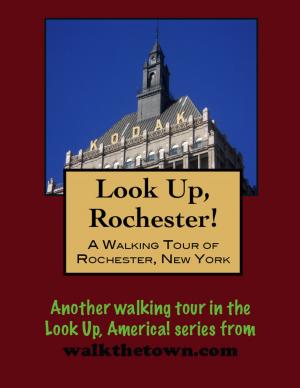Look Up, Oakland! A Walking Tour of Oakland, California
Nonfiction, Travel, United States, West, History, Americas| Author: | Doug Gelbert | ISBN: | 9781476490526 |
| Publisher: | Doug Gelbert | Publication: | August 2, 2012 |
| Imprint: | Smashwords Edition | Language: | English |
| Author: | Doug Gelbert |
| ISBN: | 9781476490526 |
| Publisher: | Doug Gelbert |
| Publication: | August 2, 2012 |
| Imprint: | Smashwords Edition |
| Language: | English |
There is no better way to see America than on foot. And there is no better way to appreciate what you are looking at than with a walking tour. Whether you are preparing for a road trip or just out to look at your own town in a new way, a downloadable walking tour is ready to explore when you are.
Each walking tour describes historical and architectural landmarks and provides pictures to help out when those pesky street addresses are missing. Every tour also includes a quick primer on identifying architectural styles seen on American streets.
There was scarcely an Oakland when it was announced that the town would be the western terminus for the Transcontinental Railroad in the 1860s. In 1868, the Central Pacific constructed the Oakland Long Wharf at Oakland Point, the site of today’s Port of Oakland. The Central Pacific also established one of its largest rail yards and servicing facilities in West Oakland. A population of 1,543 in 1860 became 10,500 in 1870. Improvements to the salt water estuary and harbor followed and by 1880 Oakland was the second most important city in California and poised for explosive growth.
The town centered around Broadway in its beginnings, up to about 4th Street. With the 1870s and 1880s boom the downtown shifted northward for another eight blocks. The population of Oakland swelled in the aftermath of the San Francisco earthquake and fire in 1906 and downtown shifted again, anchored by the town’s first high-rises constructed along Broadway beginning at 12th Street. When the building boom ended with the Great Depression Oakland had grown from about 75,000 people to over a quarter million. There were automobile factories, machine shops, canneries, shipbuilding plants and lumberyards all humming along. The aggregate value of Oakland’s industrial output was multiplied five times between 1914 and 1927.
Our walking tour will explore where Oakland flourished in its boom years nearly a century ago. The area is sprinkled with architectural gems and we will start in a plaza just off Broadway dominated by a building that was the symbol for a forward-thinking Oakland a hundred years ago...
There is no better way to see America than on foot. And there is no better way to appreciate what you are looking at than with a walking tour. Whether you are preparing for a road trip or just out to look at your own town in a new way, a downloadable walking tour is ready to explore when you are.
Each walking tour describes historical and architectural landmarks and provides pictures to help out when those pesky street addresses are missing. Every tour also includes a quick primer on identifying architectural styles seen on American streets.
There was scarcely an Oakland when it was announced that the town would be the western terminus for the Transcontinental Railroad in the 1860s. In 1868, the Central Pacific constructed the Oakland Long Wharf at Oakland Point, the site of today’s Port of Oakland. The Central Pacific also established one of its largest rail yards and servicing facilities in West Oakland. A population of 1,543 in 1860 became 10,500 in 1870. Improvements to the salt water estuary and harbor followed and by 1880 Oakland was the second most important city in California and poised for explosive growth.
The town centered around Broadway in its beginnings, up to about 4th Street. With the 1870s and 1880s boom the downtown shifted northward for another eight blocks. The population of Oakland swelled in the aftermath of the San Francisco earthquake and fire in 1906 and downtown shifted again, anchored by the town’s first high-rises constructed along Broadway beginning at 12th Street. When the building boom ended with the Great Depression Oakland had grown from about 75,000 people to over a quarter million. There were automobile factories, machine shops, canneries, shipbuilding plants and lumberyards all humming along. The aggregate value of Oakland’s industrial output was multiplied five times between 1914 and 1927.
Our walking tour will explore where Oakland flourished in its boom years nearly a century ago. The area is sprinkled with architectural gems and we will start in a plaza just off Broadway dominated by a building that was the symbol for a forward-thinking Oakland a hundred years ago...
